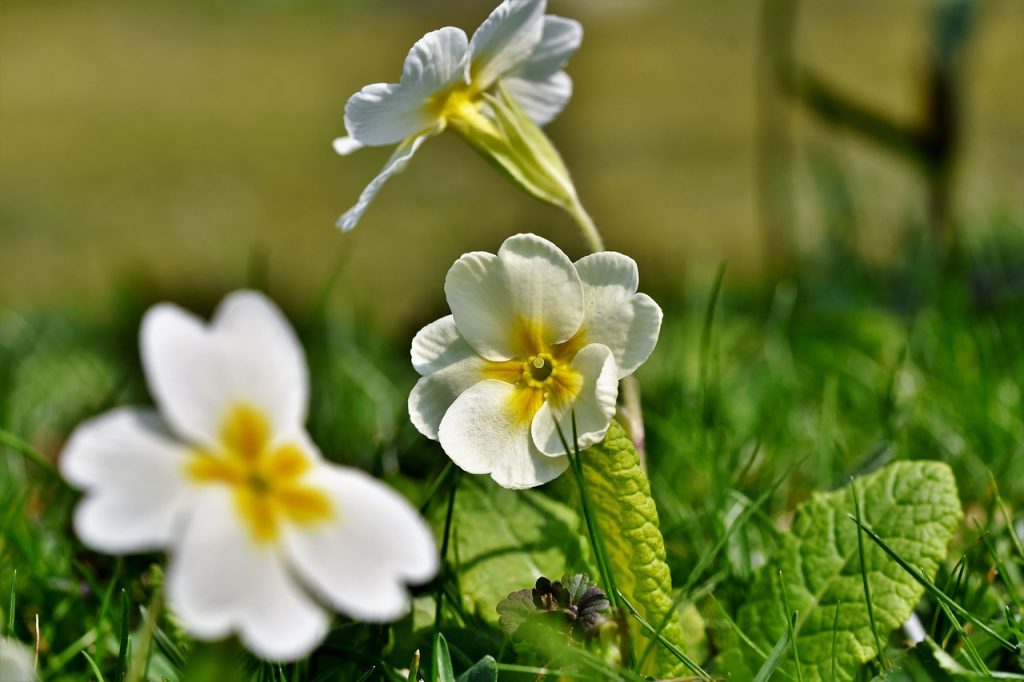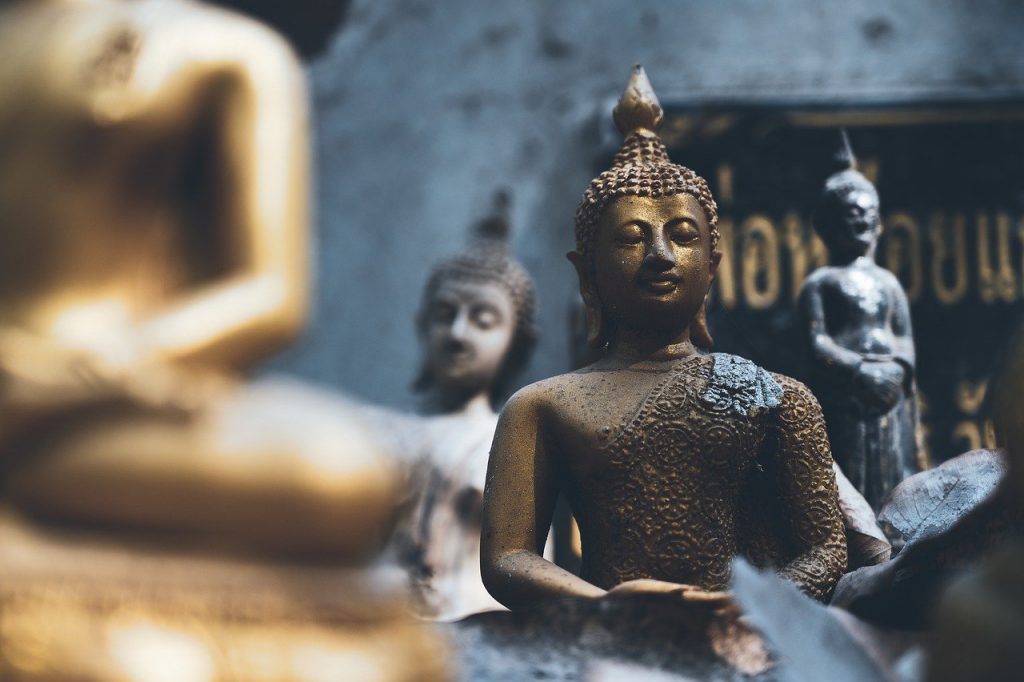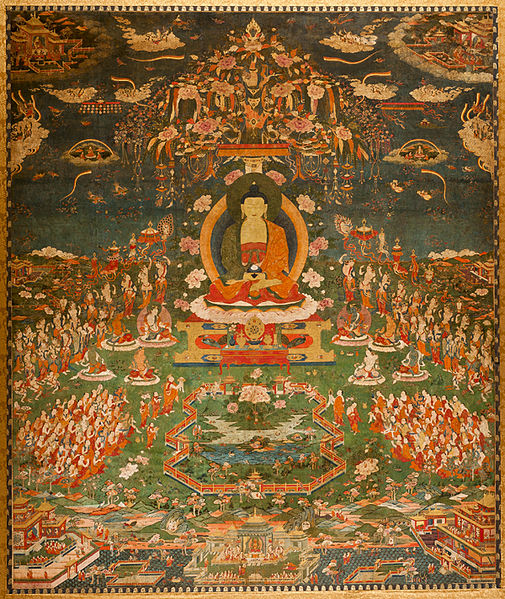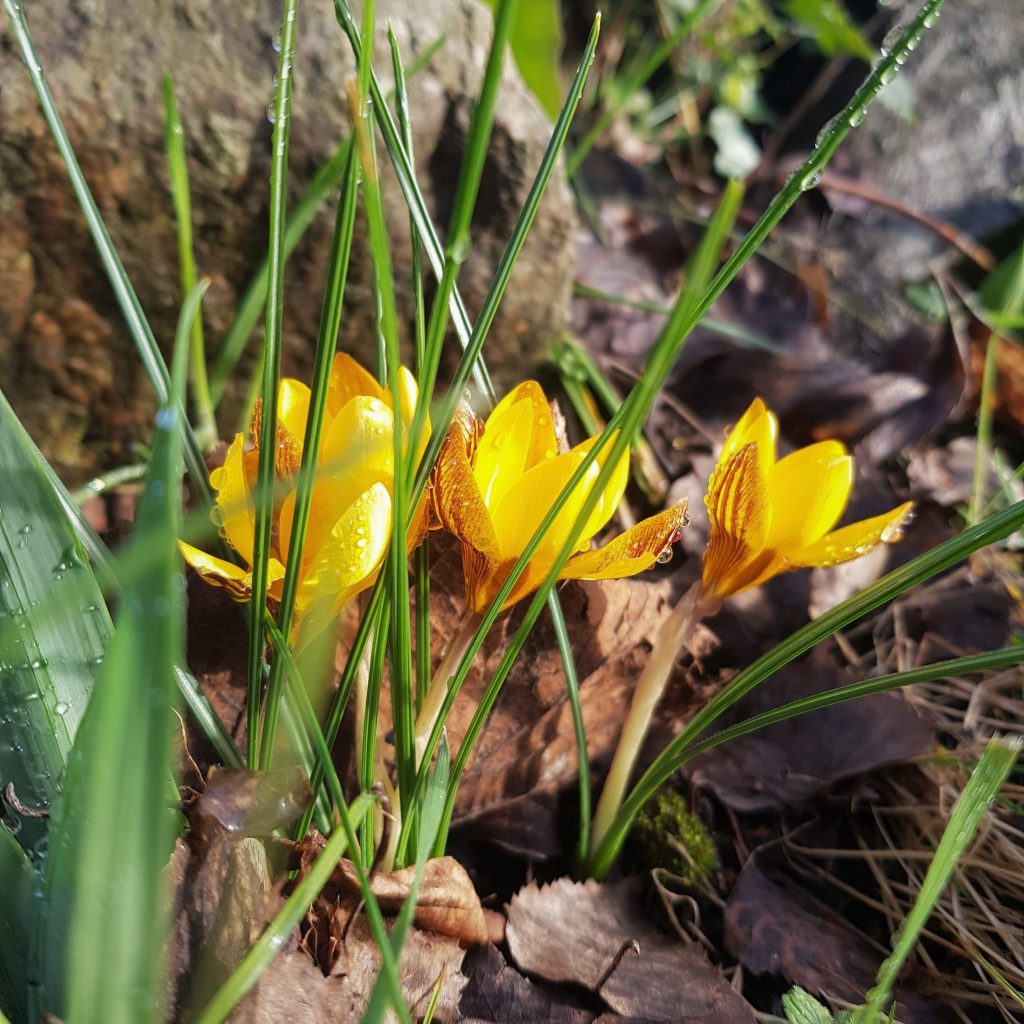Buddhism and the Climate Crisis
By Kaspa
Buddhism and the Climate Crisis

At the beginning of the week the IPPC released its sixth report. You’ve probably seen the headlines in newspapers and on the radio and television. The headline from the IPPC press release is: climate change: rapid, widespread and intensifying.
This is a longer post than usual. But it’s an important topic to address. Perhaps the most pressing issue of the day. I also wanted to share with you the video from last Saturday’s practice session, which included our first refuge ceremony since the temple’s change of name: Practice, Sh*t, and refuge.
Over the past few weeks the news has been full of flooding in Europe and wildfires around the world, in Turkey, Greece, California, Siberia and so on. The fire in California now covers 724 square miles. There have always been forest fires there, but the climate crisis means they are bigger, more damaging and more unmanageable.
On Monday morning I sat and watched the beginning of the live-streamed press conference from the IPCC. I listened to a couple of speakers and then I couldn’t listen any more. I stood up and decided to get on with the day’s work. I went into the bedroom to change into my painting clothes, collapsed onto the bed and sobbed.
After a minute or so I picked myself up, got changed and carried on with my day. Throughout the morning the grief and upset sat just behind my other thoughts and feelings.
Later that day Professor Kimberly Nichols tweeted and asked: How do we find the courage to face the climate crisis?
She suggested there are five stages of Radical Climate Acceptance:
- Ignorance
- Avoidance
- Doom
- All the Feels
- Purpose
I guess I was in ‘all the feels’.
I’m fortunate to have spaces where I can share my emotional response and be heard. I’d encourage you to find those spaces as well. (Like our listening circle on Saturdays at 6pm) It’s so important to be able to hear and feel our own reactions to what’s happening in the world. Being listened to with compassion, or listening to ourselves with compassion can help move us through those stages outlined above.
I’m also fortunate to have found a community within XR Buddhists that has a shared purpose in facing the climate crisis. But I still sometimes wonder how other Buddhists might or might not face this emergency.
Some might say that what’s important for Buddhists is to become awakened. We know this world is one of suffering, and the Buddha taught either to leave this world of suffering by entering nirvana after death, or to become enlightened within this world of suffering depending on who you ask. He didn’t say much about making the world a better place.
There aren’t many/any examples of the Buddha being an activist. The advice he gives to kings is very good advice, but he delivers it in a very diplomatic way, and unlike some of us he was never arrested for meditating in the road and stopping traffic.
But over and over again we are implored to be kind. We are taught to make compassionate responses to each other and the world.
We are now in a state of global emergency – and what can be more kind and compassionate than facing that together?
What?
Dr Charlie Gardener lists the five most important things we can do in response to the crisis:
- communicating
- influencing
- activism
- building better alternatives, and
- looking after ourselves
The most important thing we can do is talk about the climate crisis and to put pressure on our leaders to make and enforce the changes we need. 67% of carbon emissions come from fossil fuel. Whilst personal change is important, personal change along won’t mitigate that.
Satya is travelling to London in a couple of weeks to demonstrate on the streets again, some of us from the temple community will go up and join her for a day. Satya and I will be on the streets again outside the international conference on the climate in Glasgow in November.
How?
As Buddhists we are fortunate to have practices and teachings that support us to do the inner work that is required to both be effective responders and to demonstrate a way of being that is not based on greed, ill-will and ignorance.
When we make our responses to the climate crisis it is important to bring both of these aspects together: To choose wise, effective action and to do that action in a way that embodies compassion and loving kindness for all.
I encourage you to have courage and to find your own compassionate response to this emergency. There are lots of resources on the XR Buddhist website. Or drop us a line if you want to talk things through.
Namo Amida Bu
Kaspa




